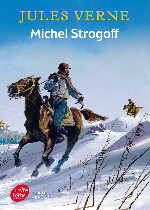
Michael Strogoff: The Courier of the Czar (French: Michel Strogoff) is a novel written by Jules Verne in 1876. Critics, including Leonard S. Davidow,[1] consider it one of Verne's best books. Davidow wrote, "Jules Verne has written no better book than this, in fact it is deservedly ranked as one of the most thrilling tales ever written." Unlike some of Verne's other novels, it is not science fiction, but a scientific phenomenon (Leidenfrost effect) is a plot device. The book was later adapted to a play, by Verne himself and Adolphe d'Ennery. Incidental music to the play was written by Alexandre Artus in 1880.
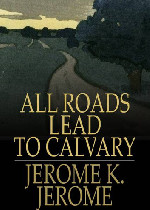
All Roads Lead to Calvary(难逃磨难) 立即阅读
All Roads Lead to Calvary is a 1919 novel by the British writer Jerome K. Jerome. It was one of the last works written by Jerome, better known for his Three Men in a Boat, and shows the influence of the First World War on him. It is a Bildungsroman in which a Cambridge University educated woman Joan Allway becomes a journalist and then a wartime ambulance driver. She encounters various different people, gaining new experiences and confronting many of the moral issues of the day.
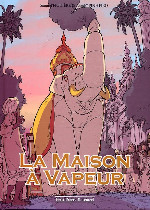
La Maison à vapeur est un roman historique et d'aventures de Jules Verne, paru en 1880. L'histoire se passe en Inde, peu de temps après la révolte des Cipayes dont le souvenir est à l'origine de l'intrigue. Le colonel en retraite Edward Munro vit à Calcutta dans le souvenir du bonheur perdu, sa jeune épouse Laurence ayant disparu lors des massacres perpétrés à Cawnpore par les troupes d'un chef indigène, implacable ennemi des Britanniques, Nana Sahib. Depuis cet épisode, on a perdu la trace de Nana Sahib, réfugié au Népal et dont la rumeur de la mort a circulé.
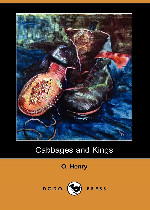
Cabbages and Kings(白菜与国王) 立即阅读
Cabbages and Kings is a 1904 novel made up of interlinked short stories, written by O. Henry and set in a fictitious Central American country called the Republic of Anchuria. It takes its title from the poem "The Walrus and the Carpenter", featured in Lewis Carroll's Through the Looking Glass. Its plot contains famous elements in the poem: shoes and ships and sealing wax, cabbages and kings. It was inspired by the characters and situations that O. Henry encountered in Honduras in the late 1890s.
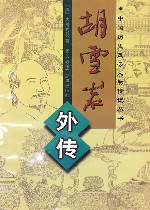
一代巨贾胡雪岩荒淫记:娶女子回家专看其裸体!胡雪岩姬妾成行,号称“十二金钗”,分住院内长弄中各楼,按序各占一室。到了晚上,侍女端上盛有各姬妾牙牌的银盘,胡雪岩随手翻一个,侍女就按牌上名字叫这个姬妾侍寝,宛如皇上翻牌子一样。胡雪岩每天早晨起床,由佣人端上用翡翠盘盛着的青黄赤白各色宝石若干枚,让他“养目”。每日合家大小还要鹭序般的去上房恭请晨安。至于唱戏打醮,摆酒张筵,无不穷极奢华。胡雪岩喜欢和众多的姬妾一起嬉戏、玩乐。他让诸妾穿上写着“车”“马”“炮”字样的红蓝马甲,登到在高台上画好的棋盘,红蓝对峙,胡雪岩和夫人在栏杆后用竹竿指挥她们,“下活棋”。胡雪岩和他姬妾一起过着肉林酒池、欢歌盛宴的奢靡生活,享乐纵欲无度,挥金如汤沃雪,派头丝毫不亚于皇帝。